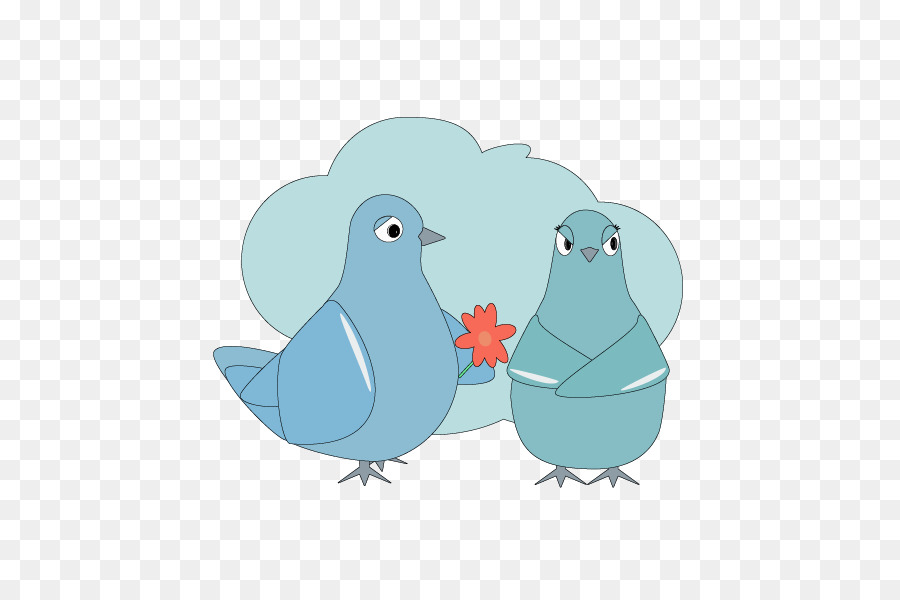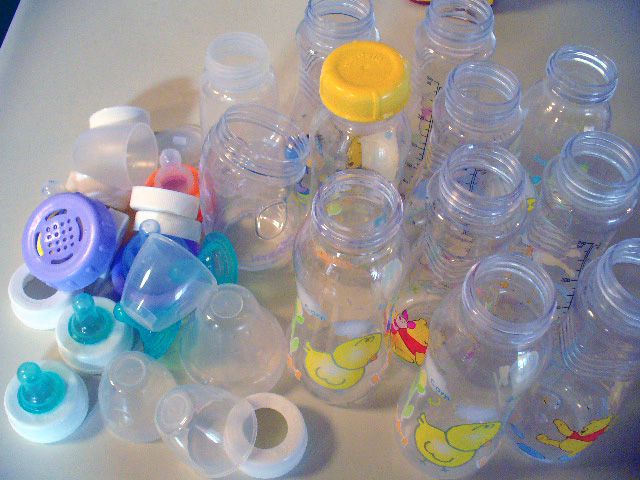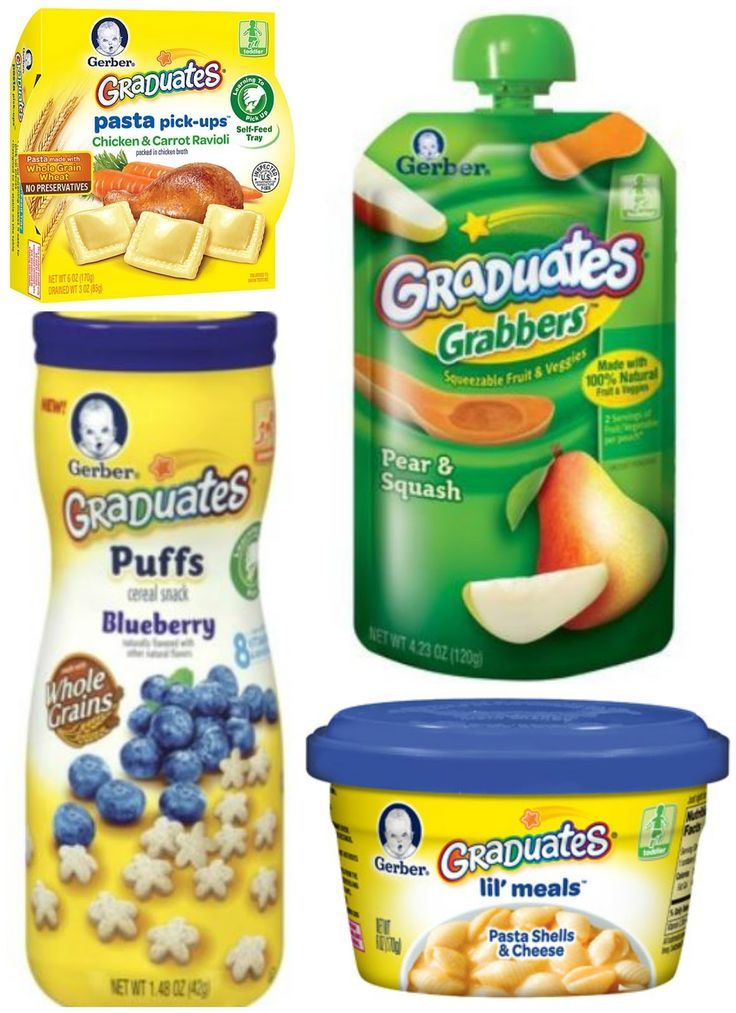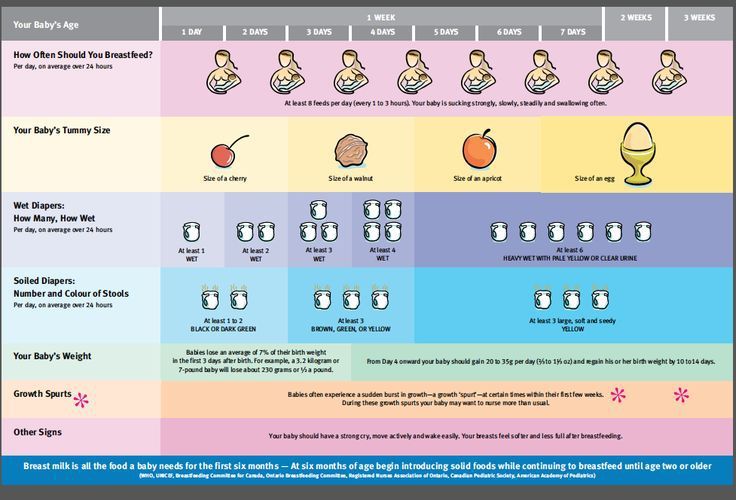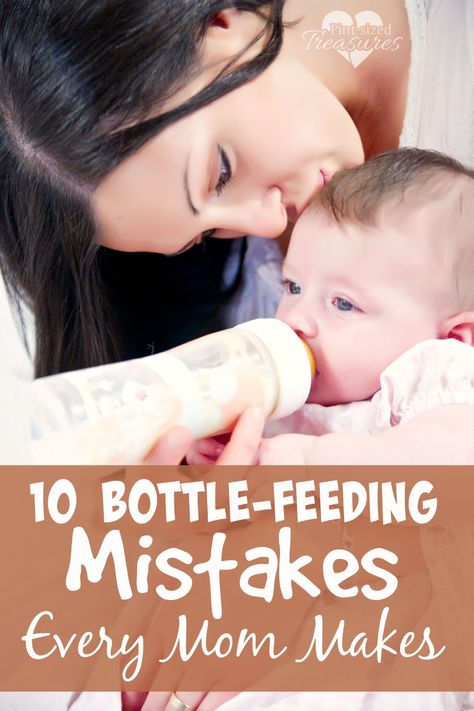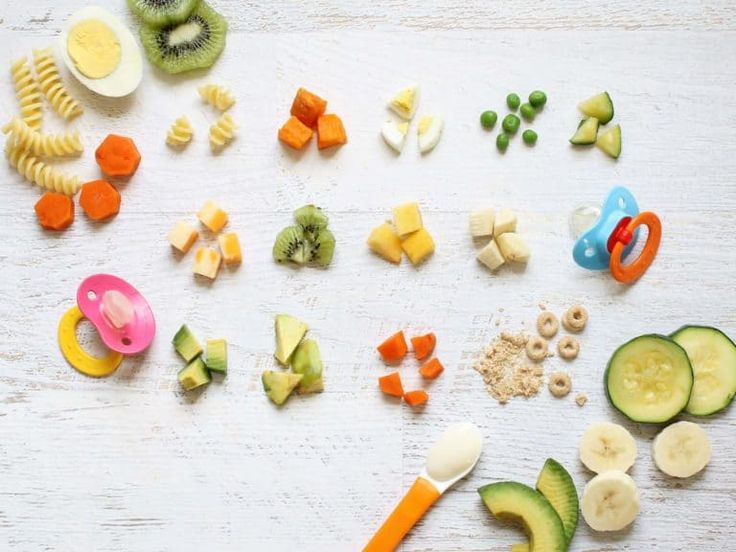Food for baby doves
Baby Mourning Doves: Caring for and Feeding Abandoned Dove Babies
Sharing is caring!
36 shares
- Share
You step outside to get the mail and you find a baby bird in your driveway—what do you do? Should you leave it, rescue it, try and put it back in its nest?
It can be nerve-wracking finding a baby bird on the ground and wondering what the best option is, especially since not all species can be treated the same.
Here are a few tips to prepare you for that day:
Step 1: don’t panic
Step 2: read this article
Here, you’ll learn all about baby Mourning Doves and how to care and feed them if they’re abandoned. It’ll be just a little more information in your pocket, should you ever be in this situation.
Let’s dive in!
Baby Mourning Doves are called squabs or chicks.
When they are just hatchlings and a few days old, their bodies are covered in patchy, yellowish down. The down is very thin and you can still see their naked bodies. Their bills are dark, as well as their faces, and their eyes will be closed. At this point, they are only a few inches long.
Around 7-ish days, the squab’s eyes will be open and will be dark. They also will have started to get in some pin feathers. These look just like the shaft of a feather without the barbs. They will lay in a relatively ordered fashion. You’ll also still see the scraggly, yellowish down poking up around the pin feathers, which makes the nestling look pretty frazzled and messy! They will have almost doubled in weight and size.
Around 12 days, the Mourning dove will be a fully feathered fluffball. It’s feathers will be a slaty brown color. They will have grown so much that they will be larger than your palm. At this size and age, the babies will be about ready to leave the nest and take flight for the first time!
What do baby mourning doves eat?
Unlike many other baby birds, little doves don’t gape—the mouth wide open, begging for food behavior.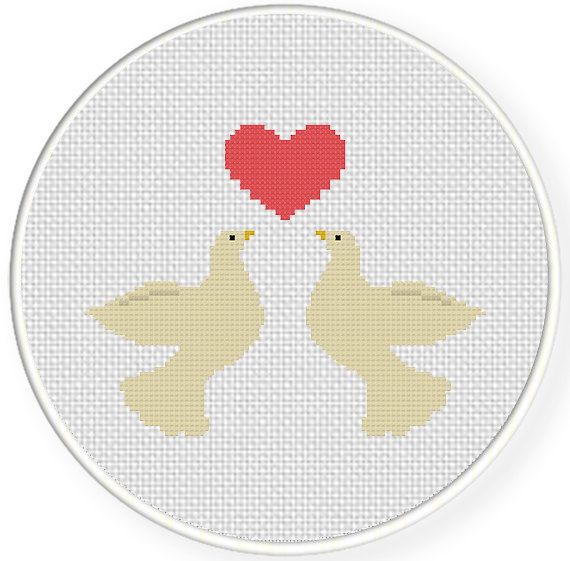 When they’re hungry they will root around. The parents provide “crop milk” to their babies.
When they’re hungry they will root around. The parents provide “crop milk” to their babies.
Crop milk (also known as pigeon milk) is a semi-solid excretion that is made by the sloughing of fluid-filled cells from the lining of the crop.
The crop is a thin-walled, sac-like food-storage chamber that extends off the esophagus and is normally part of the digestive system. Food can be stored here quickly while the bird is foraging in the open and allows the bird to go back into a secluded area to digest. Most birds have crops, but not all make crop milk.
As said before, the crop is normally part of the digestive system, but it shifts its function to milk production just a day or two prior to the eggs’ hatching. This is believed to be caused by hormonal changes. During that time, the parents may stop eating entirely so there is no seed in the crop. Brand new hatchlings aren’t able to digest seed yet, so this is for the better! After several days of feeding crop milk to the babies, the hormone levels taper off and the crop no longer produces as much milk.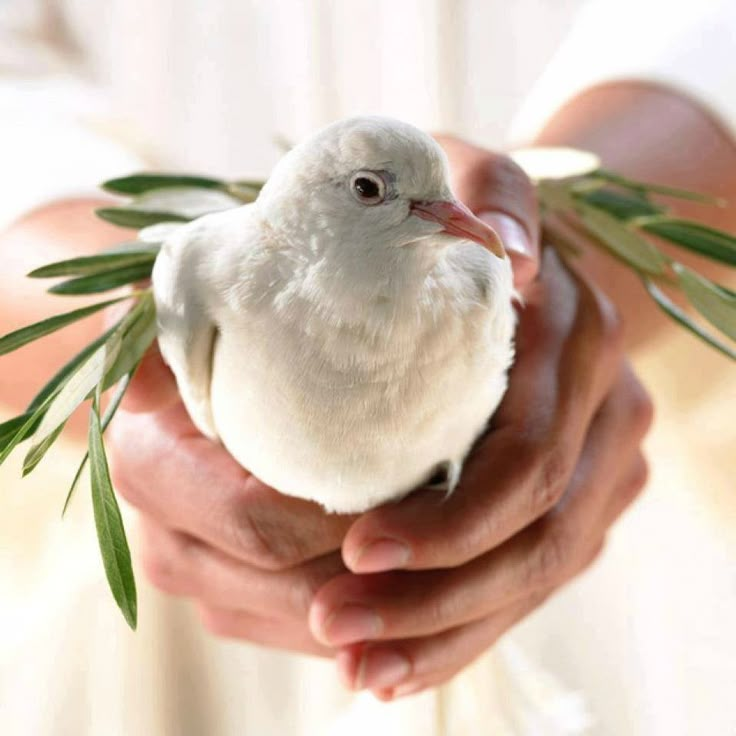 By this time, the squabs are able to digest regurgitated seeds from mom and dad.
By this time, the squabs are able to digest regurgitated seeds from mom and dad.
Crop milk is nutrient-dense and contains more protein and fats than human or cow milk. It also has immune-building properties with antioxidants and antibodies from the parent.
Both parents can produce crop milk, so both are able to feed their babies. This is done by opening their mouths wide and allowing the squab to stick their little heads in and suck it up through their bills like a straw. This is important to keep in mind if having to hand feed baby doves, as sucking is their natural instinct and the safest way for them to eat.
Crop milk substitute
If you find a squab that needs rescuing (we’ll talk about how to determine this in the next section) chances are you’re going to need to make a homemade crop milk substitute or purchase a formula.
A great formula substitute is RoudyBush Squab diet. Yes—there are pictures of parrots on it. Don’t worry, it can be used for baby doves, too.
Roudybush Squab Diet For Birds, 1-Pound
- No Added Sugars Or Colors
- 100-Percent Edible And No Animal By Products
- Scientifically Formulated
Last update on 2022-11-10 / Affiliate links / Images from Amazon Product Advertising API
The only potential issue with this is it will need to be ordered online and might take a day or two to arrive. If it’s likely you’ll be hand-rearing the baby for a few weeks, this is a good option.
Another substitute is Kaytee Exact Handfeeding Formula which is available at pet stores. Some reviewers say this formula doesn’t offer the babies as well of a nutritional panel as RoudyBush, and the birds are often below the curve for weight. If it’s a matter of life or death for a squab, this is better than nothing.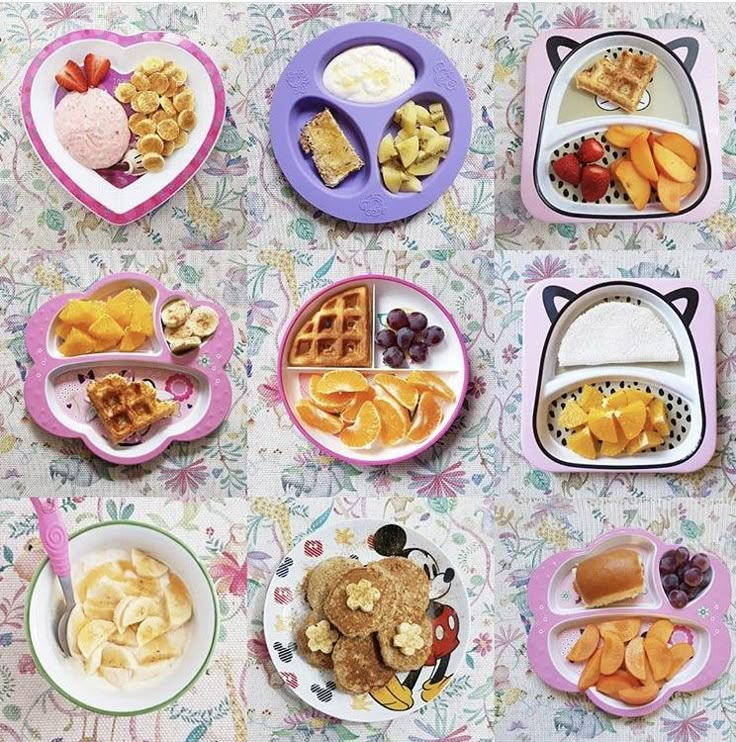
A last option if you don’t have access to a pet store and need it immediately is homemade formula using baby cereal. Make it more runny if the baby is wee little and gradually thicken it up as they get bigger. A good test is to see how quickly their crop empties. If it empties too quickly, start to thicken it up.
How often do baby mourning doves need feeding?
Brand new babies will need to be fed more often than older squabs. The younger doves will also eat formula that is more watered down. All feedings should occur within a 12-hour span.
- 0-4 days old: 5 feedings per day
- 5-7 days old: 4 feedings per day
- 8-14 days old: 3 feedings per day
- Fledgling: seeds
The safest way to feed a baby dove is by pouring the formula onto a tablespoon and letting them suck it up. Remember earlier when I said to keep their straw-sucking instincts in mind? If food is poured into their mouths, they may aspirate by trying to suck while you’re pouring or dropping it in.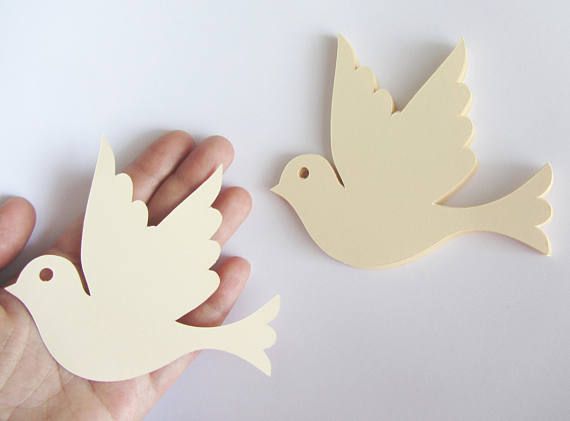 So it’s best to let them take the lead and let them slurp it up themselves!
So it’s best to let them take the lead and let them slurp it up themselves!
Does the baby mourning dove need to be rescued?
A few different factors go into the response to this situation.
The first step in deciding if a baby dove needs rescued is by determining what stage of growth it’s in. The second is analyzing what the situation is while keeping its growth stage in mind. For example, a 2-day old baby found in the driveway vs a 14 day old found in the driveway will have different solutions!
Baby dove growth stages
Stage 1: unfeathered
Unfeathered babies are roughly 0-6 days old. This early in the brooding stage, it’s unusual to find babies out of the nest, but not impossible.
One reason a baby might be out is if the entire nest was blown over or knocked down. Wind, predators, or weather can all knock a nest loose.
Babies can also be found on the ground if the parents perceive it to be defective in some way and decide to remove it from the nest.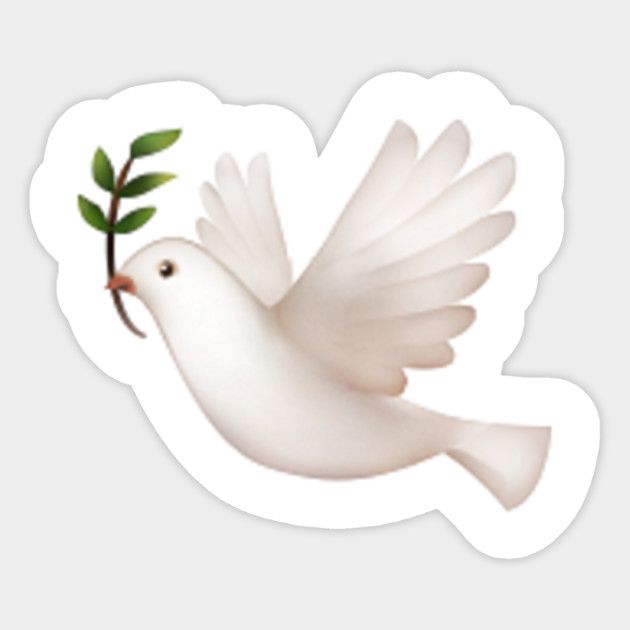
Babies this young cannot be left on the ground!
At this point in their life, they are too young and too naked to keep themselves warm. If a baby is found, it needs to be warmed up immediately. This can be done using a heating pad on the low setting or using electronics that heat up and are warm to the touch, such as laptops or game systems. A little heat goes a long way for them, and this is the first priority.
While the baby is warming up, see if the nest can be located. If the nest turns out to be blown over, see if it can be put back securely so it won’t fall again. If it can’t, find a new place for it that isn’t entirely out in the open and won’t get drenched when it rains.
Once the baby warms up, put it back in the nest and watch for the parents to come back to it. If they do, you’re good to go. If not, the baby might need hand-reared.
If the baby you find is not from a blown over nest and was kicked out by its parents, it will need to be hand-reared with a crop milk substitute, at least for a few days. After a few days of feeding, put it back in the nest and see if the parents take care of it. If they kick it out again, it will need hand-reared until it’s old enough to survive on its own.
After a few days of feeding, put it back in the nest and see if the parents take care of it. If they kick it out again, it will need hand-reared until it’s old enough to survive on its own.
If it turns out that you have to hand-rear the baby for a while, a makeshift nest box will be needed with either a fake nest inside or nesting material like straw. A heat lamp is the best option to keep the baby warm, so your heating pad doesn’t get dirty.
Stage two: partially feathered
Partially feathered babies are roughly 7 days old to fledging age (12-15 days old).
At this age the babies are far enough along that the parents probably didn’t kick them out, so if a baby is found on the ground, it’s almost always from nest failure. This is actually a good thing because there’s a better chance the parents will take back over when the nest is fixed.
As with the younger babies, get these squabs warmed up. Once they’re warm, investigate the nest situation. It either fell in a storm or broke apart because it was poorly constructed.
It either fell in a storm or broke apart because it was poorly constructed.
If it only fell, try and secure it as mentioned before. If the nest is found to be broken or falling apart, a new one will be needed. You can buy fake nests from a craft store, or make one. Don’t be afraid to make them, there are online tutorials to show you how!
Once the old or new nest is up, put the baby inside and wait for the parents to come. If they don’t come by nightfall, bring the baby in for the night and then return them again in the morning. If the parents still don’t come back, by the afternoon or evening, the baby will need to be hand-reared and kept in a nest box with heat.
Stage three: fully feathered
Fully feathered babies are fledgling age (12-15 days, give or take) and are nearly self-sufficient. If one of these babies is found on the ground, it doesn’t need to be returned to a nest. Actually, it’s highly possible that this baby just took its first flight from its nest to the ground!
Babies at this age are still being monitored from afar and fed by their parents.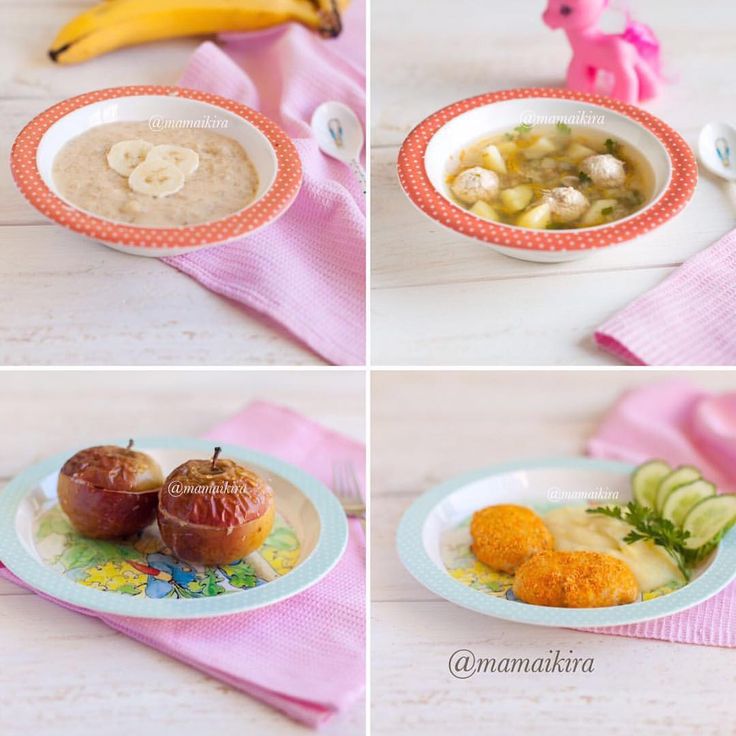 The best thing you can do for this little one is to leave it be. Of course, there are exceptions.
The best thing you can do for this little one is to leave it be. Of course, there are exceptions.
If the fledgling is in a high traffic area, like a driveway or close to a road or sidewalk, move it somewhere more relaxed. Don’t move it across town, because the parents are still caring for it, just move it a few feet away to safety.
If the fledgling doesn’t try to run away from you when you approach it and it appears cold to the touch and lethargic, it might not be getting fed by mom and dad. You can gently palpate the crop to feel if there’s food inside. If there is, the bird might have an injury or may be sick, in which case it’s best to call a wildlife rehabilitator. If there isn’t anything in the crop, the bird might just need a meal. Some mashed bird seed might help it out.
In conclusion
Helping out a baby bird can seem daunting, but with the right information, you can do it safely and confidently. If you’re still unsure, you can always call a rehabilitation center to see if they can take the baby in!
Credits
Chaifetz, T.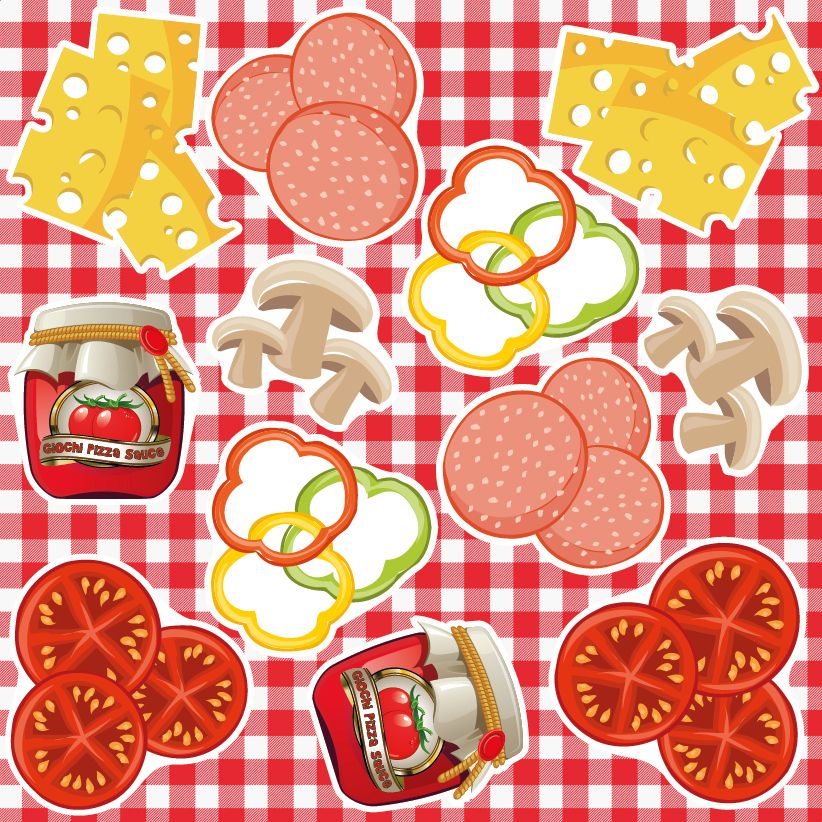 (2017, September 26). How to Determine the Age of a Mourning Dove Hatchling. Retrieved 2020, from https://animals.mom.me/how-to-determine-the-age-of-a-mourning-dove-hatchling-12452713.html
(2017, September 26). How to Determine the Age of a Mourning Dove Hatchling. Retrieved 2020, from https://animals.mom.me/how-to-determine-the-age-of-a-mourning-dove-hatchling-12452713.html
Ehrlich, P., Dobkin, D., & Wheye, D. (1988). Bird Milk. Retrieved 2020, from https://web.stanford.edu/group/stanfordbirds/text/essays/Bird_Milk.html
Mayntz, M. (2019). Do Birds Produce Milk for Their Young? Retrieved 2020, from https://www.thespruce.com/glossary-definition-of-crop-milk-385209
Mihaylo, K. (2017, August 11). How to Care for a Baby Mourning Dove. Retrieved 2020, from https://animals.mom.me/care-baby-mourning-dove-6968.html
Sebastiani, J. (2012, April 26). Baby Birds: A Dove Story. Retrieved 2020, from http://blog.delawarenaturesociety.org/2011/11/10/baby-birds-a-dove-story/
White, H. (2014). Mourning Dove. Retrieved 2020, from http://www.diamonddove.info/bird13%20Mourning.htm
Sharing is caring!
36 shares
- Share
What Do Mourning Doves Eat?
More Great Content:
Many people have heard the sorrowful wooing calls and hoots of the mourning dove. After all, they have a wide range that includes all of Central and North America. Although its hoot is often confused for an owl’s, the mourning dove is a very different sort of bird that is easily recognized by its distinct silhouette and the fact that they often appear in pairs.
After all, they have a wide range that includes all of Central and North America. Although its hoot is often confused for an owl’s, the mourning dove is a very different sort of bird that is easily recognized by its distinct silhouette and the fact that they often appear in pairs.
The foods mourning doves eat also separates them from owls and other birds. You will not see a mourning dove swoop down to catch a field mouse.
What do mourning doves eat? Let’s take a look at what you can put out in your yard to entice mourning doves to come back and fill your terrace with song.
What Foods Do Mourning Doves Eat?
Mourning doves are granivores and prefer seedsA-Z-Animals.com
Mourning doves eat seeds since they are granivores, preferring seeds to any other foods. They will also consume grains, some fruits, herbs, and wild grasses. They prefer to eat foods that are on the ground that are easy to obtain. They’re also very opportunistic eaters, consuming some foods that are only seasonally available.
Mourning doves prefer to linger in areas where there is a greater level of food diversity. Remember, these birds mate for life, so they need consistent food for each member of the pair.
A List of Foods Mourning Doves Eat
Mourning doves will forage for food on the groundTom Cantaffa/Shutterstock.com
Although mourning doves are granivores and seeds make up almost all their diet, they eat many different foods. Here are many of the specific foods that mourning doves consume regularly:
- Peanuts
- Corn
- Millet
- Buckwheat
- Rye
- Pine nuts
- Foxtail
- Sunflower seeds
- Canary grass
- Wheat
- Safflower
- Rapeseed
- Witchgrass
Interestingly, mourning doves tend to favor sunflower seeds and other foods that they can see without having to scratch the ground for it. Another point of interest is that these birds tend to choose foods based on their size.
For example, studies showed that mourning doves prefer shorter and narrower corn seeds so they have the easiest experience foraging.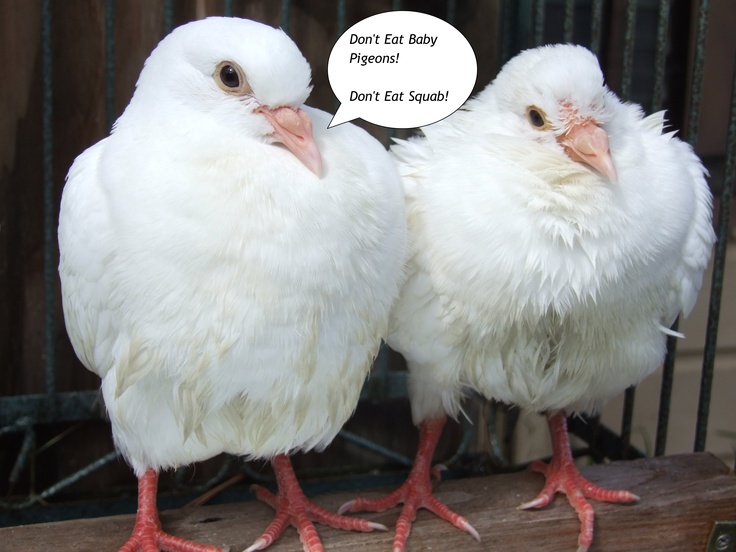
Although it is an exceedingly rare occurrence, mourning doves have been observed eating other foods when their favored foods are not plentiful. These birds occasionally eat insects to bolster their diet, but they will almost always prefer to eat seeds.
How Do Mourning Doves Forage for Food?
A mourning dove foraging and feedingBrooke Bowdren/Shutterstock.com
This species has interesting foraging behaviors. They spend a lot of time on the ground looking for food, but these birds are not known for scratching the earth and trying to find something to eat. These birds prefer to look on the ground and seek directly visible food.
Like some other birds, mourning doves will feed while they’re on the ground, filling their crop. This pouch at the front of their neck can store food and begin the process of digestion. Frequently, mourning doves will fill their crop and then retreat to a safer location where they can digest their food in peace.
Their crop is also where adult birds produce crop milk, a substance fed to the young.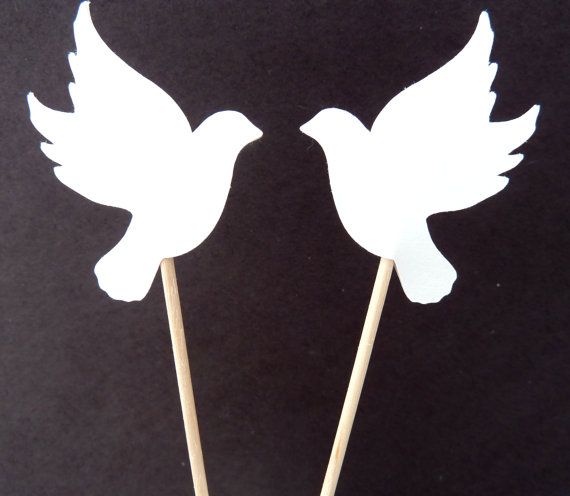
What Foods Do Mourning Doves Eat in the Winter?
Mourning doves are less selective in the winteriStock.com/SteveByland
Mourning doves, like many other birds, start to migrate south in the autumn months. Some of the birds leave for warmer states in the U.S. while others go farther south to Mexico and Central America.
Does their diet change during fall and winter? What do mourning doves eat during these colder months?
During the fall, these birds have been observed eating foxtail millet in southern states, and they also forage around recently harvested cornfields.
In the winter months, mourning doves will continue to forage for their normally desired foods. The migration to warmer climates often supplies them with plentiful foraging opportunities. Not all of these birds migrate, though.
Some birds stay relatively close to their breeding grounds throughout the winter, where they will forage, become less active, and feed on their preferred foods or secondary foods when their first choices not available.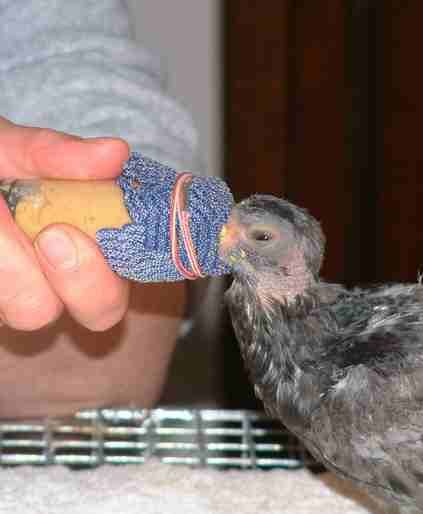
What Do Baby Mourning Doves Eat?
Mourning dove parents forgo seeds for the first weeks of their young’s lifepetritzaa/Shutterstock.com
Baby mourning doves exclusively eat crop milk for the first week of their lives. Both male and female adult birds can make this substance in their crops, the esophageal pouch where they store food and begin the process of digestion.
Crop milk is made from cells of the crop lining, providing necessary protein and fats to the baby birds. While producing and feeding their babies, the birds cannot eat seeds because the young birds are not prepared to digest them.
In the second and third weeks of life, baby birds eat partially digested seeds from their parents. After that, they are prepared to forage for seeds on their own.
Mourning Dove Predators
Domestic cats will hunt birds for sportiStock.com/FediushkinaElena
Unlike other birds that will eat out of hanging feeders or catch their food and take off, the mourning dove eats while rather stationary on the ground.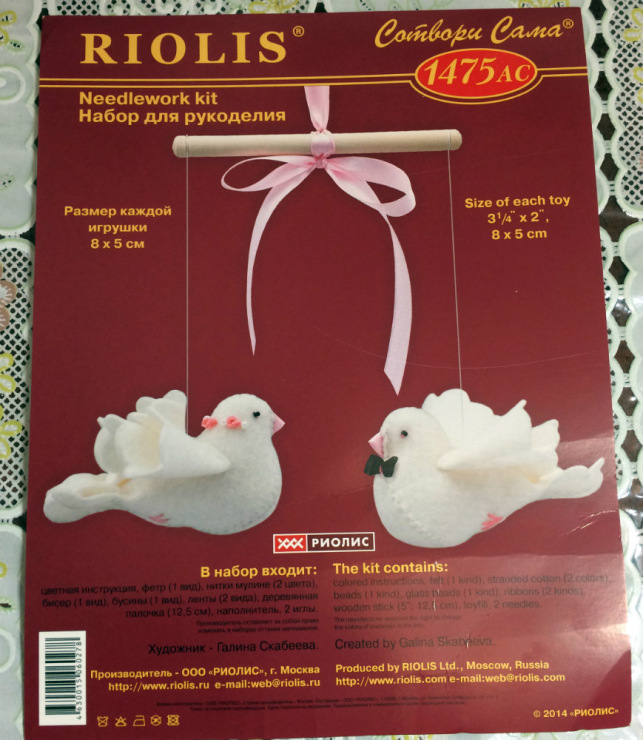 While foraging, these birds are in tremendous danger from their predators.
While foraging, these birds are in tremendous danger from their predators.
Among the most common predators are:
- Domesticated cats
- Diurnal birds of prey like hawks and falcons
- Snakes
- Racoons
- Possums
These creatures prey upon the mourning doves, especially the young ones. If you see these birds in your yard, try to keep your pet cats inside so the birds can feed in peace.
Mourning doves eat seeds from various plants throughout the year, and you might see one eating fruit or the stray insect from time to time. They are tremendous foragers that take what is available without digging through the dirt, even if it puts them in danger from some common predators.
Their broad range of suitable foods, even if they’re mostly seeds, makes them capable of living in many different locations throughout the Western Hemisphere. If you look and listen for them, the chances are good that you will discover this species near you.
how to get out at home if it fell out of the nest
Content
- 1 What does the pigeon chick eat
- 2 What to do if the pigeon chick fell out of the nest
- 3 How to feed the pigeon chick
- conditions
- 4.
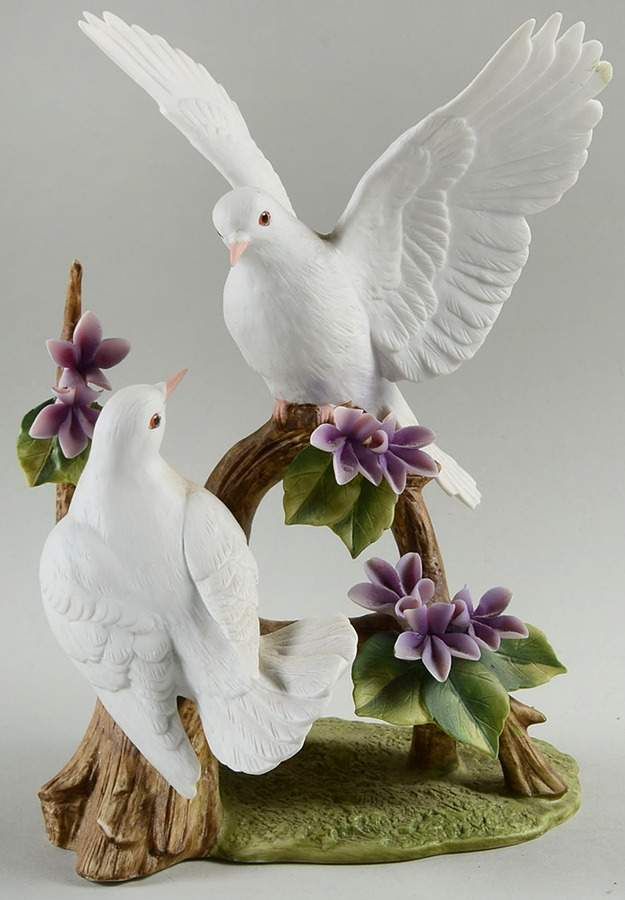 1 First week
1 First week - 4.2 Second week
- 4.3 Third week
- 4.4 Fourth week
- 4.5 After a month
- 4.
- 50006
- 6 What to do if the pigeon chick does not eat
- 7 How to hatch the pigeon chick
- 8 Conclusion
Chicks, just like human children, need care and care from their mother. Often in life there are situations in which the chick is torn off from the mother's wing, for example, when he fell out of the nest. If necessary, a person can independently feed a feathered friend at home and, upon reaching the required age, release him into the wild. It is in such situations that it is necessary to know what pigeons feed their chicks, as a result of which there is a high probability of going out and raising a bird on their own.
What a pigeon chick eats
If a feathered bird is left without parents and was picked up by a human, then it should be properly fed and then sent to the wild when it reaches the required age.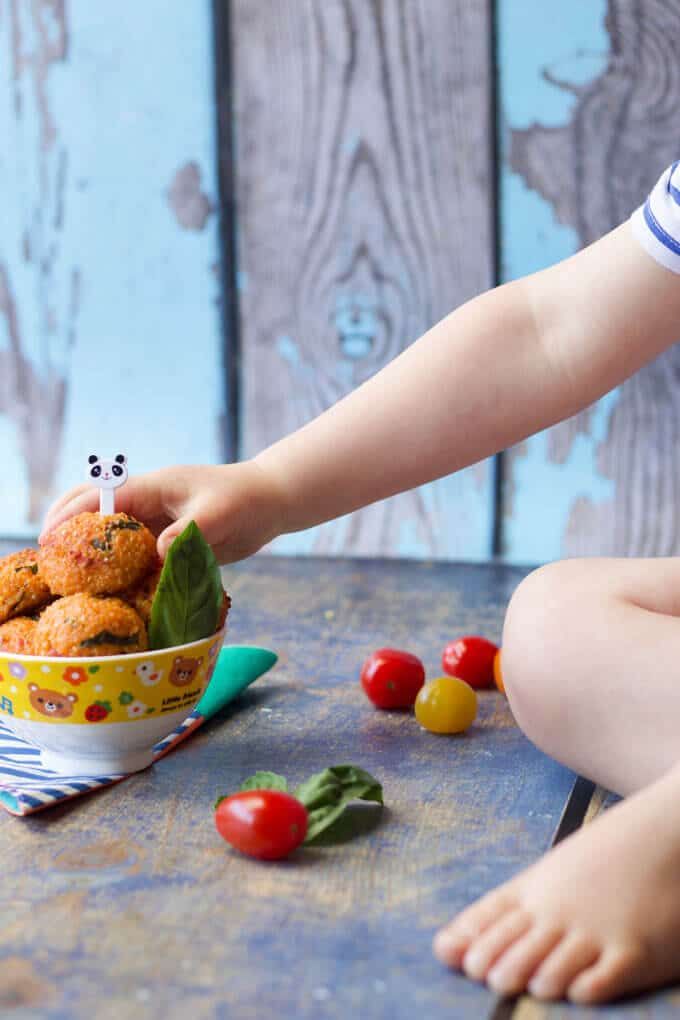 As practice shows, it is necessary to feed a pigeon chick from birth with crushed and well-brewed food. In the first days of life, a boiled egg yolk is perfect, which is injected into the feathered oral cavity through a syringe. In the future, it is worth feeding grains crushed to the state of flour and steamed in hot water. As the diet grows, it becomes much more diverse: fruits, vegetables, chopped greens, vitamins, live insects are introduced.
As practice shows, it is necessary to feed a pigeon chick from birth with crushed and well-brewed food. In the first days of life, a boiled egg yolk is perfect, which is injected into the feathered oral cavity through a syringe. In the future, it is worth feeding grains crushed to the state of flour and steamed in hot water. As the diet grows, it becomes much more diverse: fruits, vegetables, chopped greens, vitamins, live insects are introduced.
What to do if a pigeon chick has fallen out of the nest
In the event that a pigeon chick has fallen out of the nest, it is recommended to look around, suddenly its parents are nearby and are afraid to fly up to it because of the presence of people. If there are no adults nearby, then it is worth visually inspecting the pigeon chick itself. If there is plumage, it is completely dry, it behaves quite actively and is warm to the touch, then such a bird does not need help. Most likely this is his first flyby.
If the found pigeon chick does not fit this description and it is clear that without the help of a person it will die, then you should carefully take it without damaging the bones. Take home to a warm place, starting the feeding process.
Take home to a warm place, starting the feeding process.
How to feed a pigeon chick
It is recommended to feed a pigeon chick strictly according to the age category. This is primarily due to the fact that if you give a week-old baby food intended for a pigeon chick aged 2-3 weeks, then the body simply will not be able to digest food and the pigeon will die. For feeding, you can use a syringe, nipple or pipette. Food is introduced into the oral cavity, making sure that the food completely fills the goiter. From the first days of life it is necessary to accustom to water.
How to feed a pigeon chick at home
Feeding a pigeon chick at home is not as difficult as it may seem to many at first glance. As practice shows, it often becomes necessary to independently feed those birds that were found, fell out of the nest and were left without maternal care.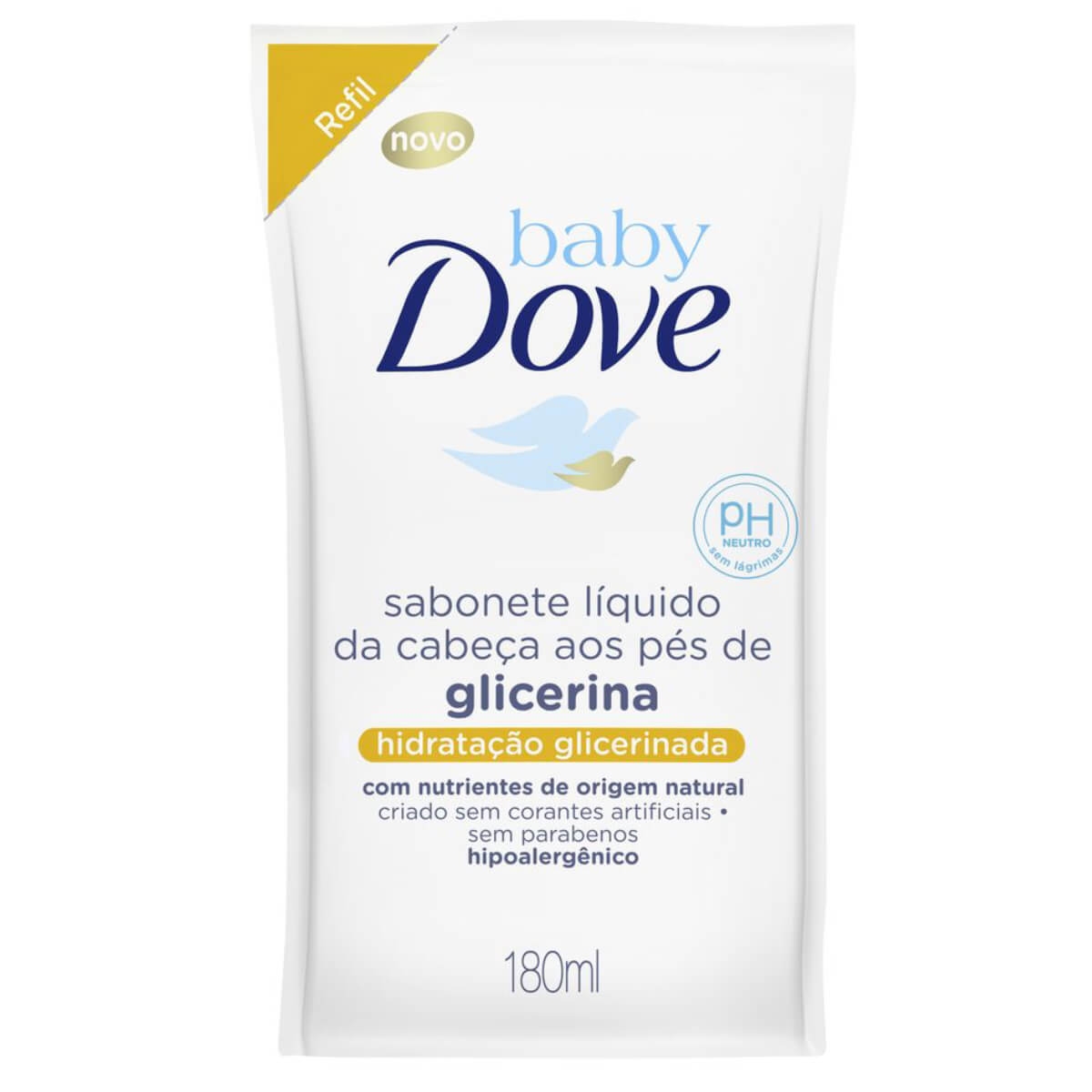 In order to understand exactly how to feed and care for pigeon chicks, it is necessary first of all to correctly determine their age - this is the only way to avoid causing even more harm.
In order to understand exactly how to feed and care for pigeon chicks, it is necessary first of all to correctly determine their age - this is the only way to avoid causing even more harm.
Approximate age can be determined by the following signs:
- rudimentary plumage appears on the 6-7th day of life;
- Eyes fully open on day 9;
- fully developed plumage can be seen by the end of 4 weeks;
- pigeons begin to show the first flitter rides at 6 weeks;
- the first molt occurs at 7 weeks;
- bird stops squeaking and starts cooing at 2-3 months of age;
- first sexual instincts appear at 5 months;
- final molt at 6 months.
If you correctly determine the age of a pigeon chick left without maternal care, then you can feed and leave the baby.
In the first week
If a newborn pigeon chick is in the hands, then in this case it is important not only to properly feed, but also to water.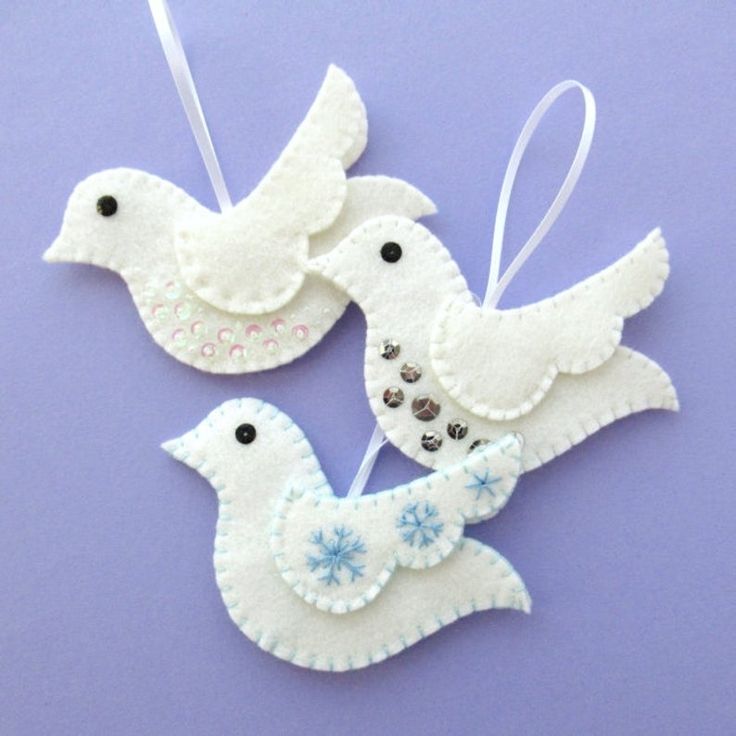 Thus, it is initially necessary to teach the feathered to take water and food. As practice shows, it is most difficult to get out birds that are about a week old, no more. This is due primarily to the fact that in the first 7 days of life, newborns need breast milk. In order to save the pigeon chick, you will have to make quite a lot of effort.
Thus, it is initially necessary to teach the feathered to take water and food. As practice shows, it is most difficult to get out birds that are about a week old, no more. This is due primarily to the fact that in the first 7 days of life, newborns need breast milk. In order to save the pigeon chick, you will have to make quite a lot of effort.
A step-by-step algorithm of actions that allows you to feed newborn birds is as follows:
- First of all, you need to purchase a 20 ml medical syringe from the pharmacy and carefully put a nipple on it, preferably a pipette.
- Egg yolk is perfect as a feed, as it contains a large amount of minerals so necessary for the normal life of a pigeon. You can also use special grains that are pre-ground to a state of flour.
- Received food is gently introduced into the oral cavity through a syringe, allowing time for the processing of the received components.
Pigeon chicks need to be fed at least 6 times throughout the day.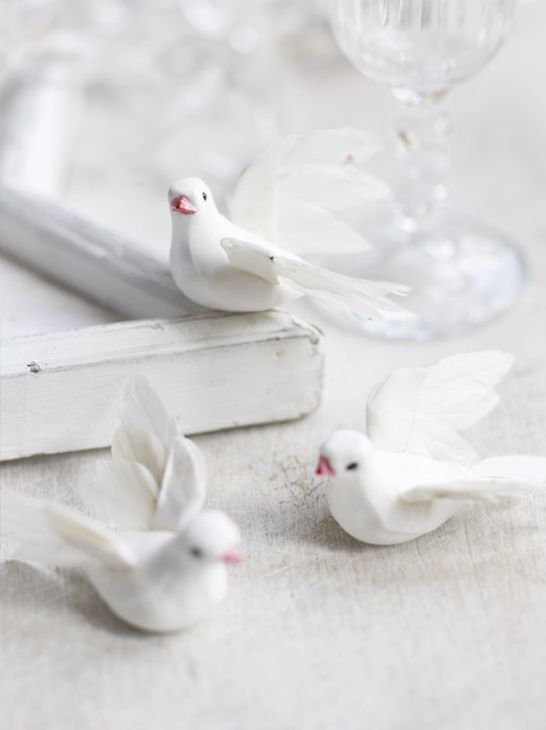
In the second week
Starting from the second week, it is recommended to introduce grain mass into the diet, as very soon the chick will start eating like an adult pigeon. It is worth feeding only grain crushed to the state of gruel and well steamed. This will require:
- Thoroughly grind the cereal through a coffee grinder several times.
- Mix the resulting flour with hot water.
- Let stand for 7 minutes.
It is important to understand that such a semi-liquid porridge is still incomplete food and cannot be fed. It is recommended to add chicken yolk to the steamed grain and only after that start feeding.
Since pigeon chicks require calcium for full growth and development, a solution based on calcium gluconate can be added to food. To improve the immune system, before you start feeding the chicks, add 2-3 drops of honey to the porridge.
By the end of the second week, the body of the chick will be completely covered with feathers, it will begin to move and scream even louder. During the day, birds are fed from 4 to 6 times. At the same time, it is worth making sure that the goiter is filled with food to the maximum.
During the day, birds are fed from 4 to 6 times. At the same time, it is worth making sure that the goiter is filled with food to the maximum.
Tip! If necessary, calcium gluconate can be replaced with crushed egg shells.
In the third week
From the third week, pigeon chicks feed completely differently. During this period of time, it is necessary to teach them to eat whole grains. Before feeding the birds, the grains should be placed in warm water for 10 minutes. In their natural habitat, parents give the chicks seeds of plants that have been in their stomach for some time and have undergone all the necessary processing, partially undergone splitting.
It is worth feeding with hands, young pigeons put no more than 3 grains into the mouth at each time. During this period of time, pigeon chicks begin to drink on their own. That is why, after they have already been fed (not before eating), you should carefully lower the baby's beak into a container of clean warm water.
Attention! It is important to ensure that liquid does not enter the chick's sinuses, as there is a high probability that it will choke.
Chopped greens and carrots can be gradually introduced into the diet.
In the fourth week
3 weeks after birth, pigeon chicks try to start eating on their own. During this period of time, they can be fed more varied. At this age, pigeons can be given a boiled and well-chopped chicken egg and a small amount of white bread. It is important to take into account the fact that only white can be fed, this is largely due to the fact that dark bread varieties have a coarser grinding and are less digestible by chicks.
It is recommended to sprinkle a small amount of grain on the table and lightly tap on the table top, thereby attracting the attention of pigeons. As practice shows, the chicks quite quickly understand what is required of them, and begin to eat food on their own.
Important! For a few more days, it is recommended to additionally feed the birds, giving food from the hands.![]()
After a month
After a month, the diet can and even needs to be diversified. In such cases, it is necessary to feed with fruits, which are pre-cut into small pieces, give chopped greens. Small balls are made from the bread crumb, this is necessary so that the birds can independently take it in their beak and swallow it.
One month old chicks can be fed in the same way as adult pigeons. During this period of time, the babies are preparing for their first flight. Despite this, you should not quickly allow pigeons to adults, it is best to feed them separately for some time.
Tip! If the bird looks rather lethargic and eats little, then you need to add 3% glucose solution to the water.
What not to feed the chicks
Despite the fact that growing birds need insects, it is not recommended to feed them with the following:
- carcasses of insects of any kind. As practice shows, the death of an insect is a consequence of intoxication, and the poison also has a negative effect on the feathered body;
- Colorado beetles - they are not recommended because of their toxicity;
- ladybugs - capable of excreting a toxic liquid.
 Under natural conditions, if a bird has eaten a ladybug by mistake, then it immediately spits it out;
Under natural conditions, if a bird has eaten a ladybug by mistake, then it immediately spits it out; - hairy caterpillars - since such insects contain small hairs on the body, they can quite easily clog the crop;
- Brightly colored bugs - rich colors indicate that it is better not to risk using these insects.
In addition, meat and fish products should not be introduced into the diet, as it is quite difficult to process them.
Attention! It is best to feed the bird with nondescript bedbugs.
What to do if the pigeon chick is not eating
If it has been noticed that the pigeon chick is not eating, then special attention should be paid to the diet. It often happens that the age of the chick was determined incorrectly, respectively, and further feeding is carried out incorrectly. It is important to take into account the fact that at first adults feed babies with semi-digested food.
It is necessary to feed the bird with a syringe if it is still very small, larger individuals are fed by hand.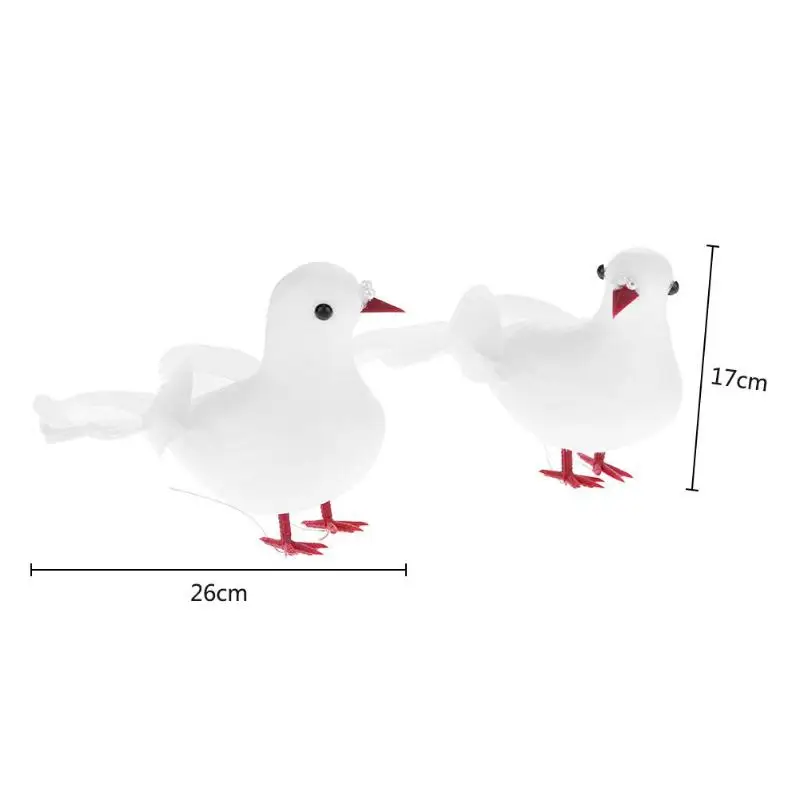 It should be borne in mind that at first the chick will not be able to take food on its own, it must be helped in this matter. If necessary, you can add a 3% glucose solution to the water, which will help give strength.
It should be borne in mind that at first the chick will not be able to take food on its own, it must be helped in this matter. If necessary, you can add a 3% glucose solution to the water, which will help give strength.
How to hatch a pigeon chick
Caring for a pigeon chick must be of high quality and complete. It is important to understand that at first the plumage is completely absent, as a result, the chick may freeze. For these purposes, it is recommended to use a heating pad that will maintain the optimum temperature. When plumage appears on the dove, the heating pad can be removed, but it is necessary to ensure that the temperature regime does not fall below + 25 ° С.
Conclusion
Pigeons feed their chicks with semi-digested food. To do this, they use plant seeds that, while in the stomach of an adult, undergo primary processing and undergo partial splitting. This knowledge will help the chick come out on its own.
Grain feed in the diet of pigeons
The main feed for most pigeon species is grain. It contains a large amount of protein, fats, carbohydrates, vitamins and minerals, as well as up to 20% of fiber, which is poorly absorbed, but is necessary for normal digestion.
It contains a large amount of protein, fats, carbohydrates, vitamins and minerals, as well as up to 20% of fiber, which is poorly absorbed, but is necessary for normal digestion.
Pigeon millet
Millet makes up a large part of the diet of pigeons, especially small turtle doves. It comes in white, yellow, gray and red. In mixtures for pygmy doves, millet can make up 40-70% of the total grain mass. Brightly colored varieties of millet contain more vitamins: red - carotene (provitamin A), yellow - vitamin B. Millet without a shell (millet) is given in the form of boiled crumbly porridge, which all pigeons willingly eat. Millet porridge is especially suitable for feeding short-beaked breeds.
Oats for pigeons
Oats are a valuable, well-digestible food, but contain a lot of fiber and husks (up to 40%). Only large pigeons eat it. It is recommended to give part of the oats steamed, especially when feeding chicks. To obtain steamed oats, it is boiled for 10-12 minutes in salted water.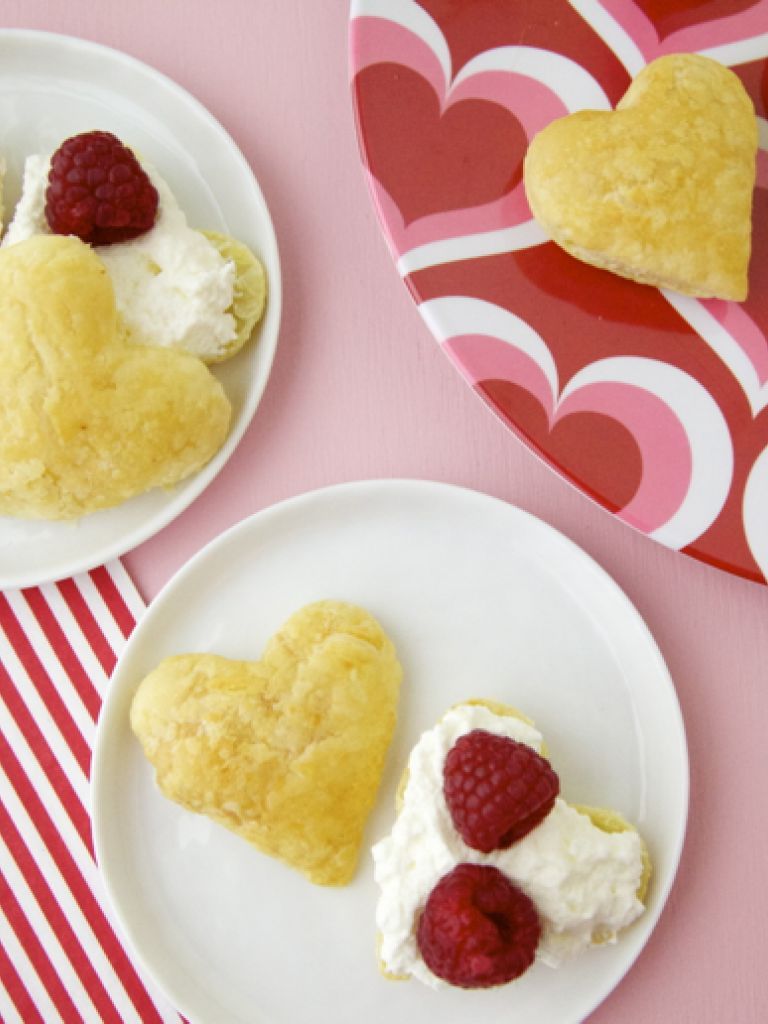 After boiling, the water is drained, and the oats, after drying a little, are given to the pigeons.
After boiling, the water is drained, and the oats, after drying a little, are given to the pigeons.
Wheat for pigeons
Wheat is a high protein feed. It is a complete food for pigeons of all kinds. However, there is little calcium in wheat, so when you include it in the diet, you need to make sure that there is always a mineral supplement in the cage or aviary. Wheat is usually given in a semi-ripe or germinated form. Sprouted grains contain a lot of vitamins E and B, which are necessary for pigeons, especially during the period of growth, molting and reproduction.
Pigeon barley
Barley is considered the main and best food for domestic pigeons. This grain contains all the necessary nutrients, so barley can be fed to pigeons almost all year round.
Corn for pigeons
Corn is a good and complete food, but can only be eaten by large species of pigeons due to its size. In crushed, boiled or sprouted form, almost all pigeons readily eat it.